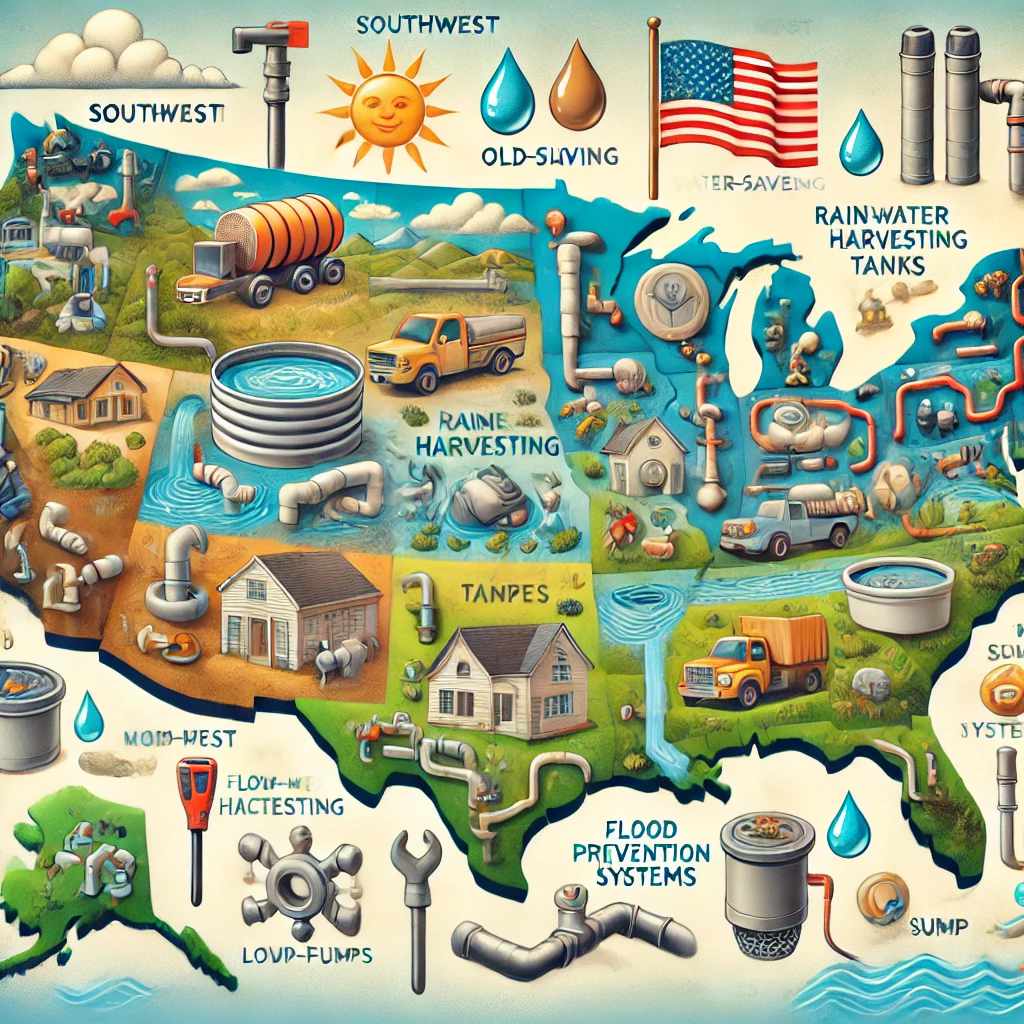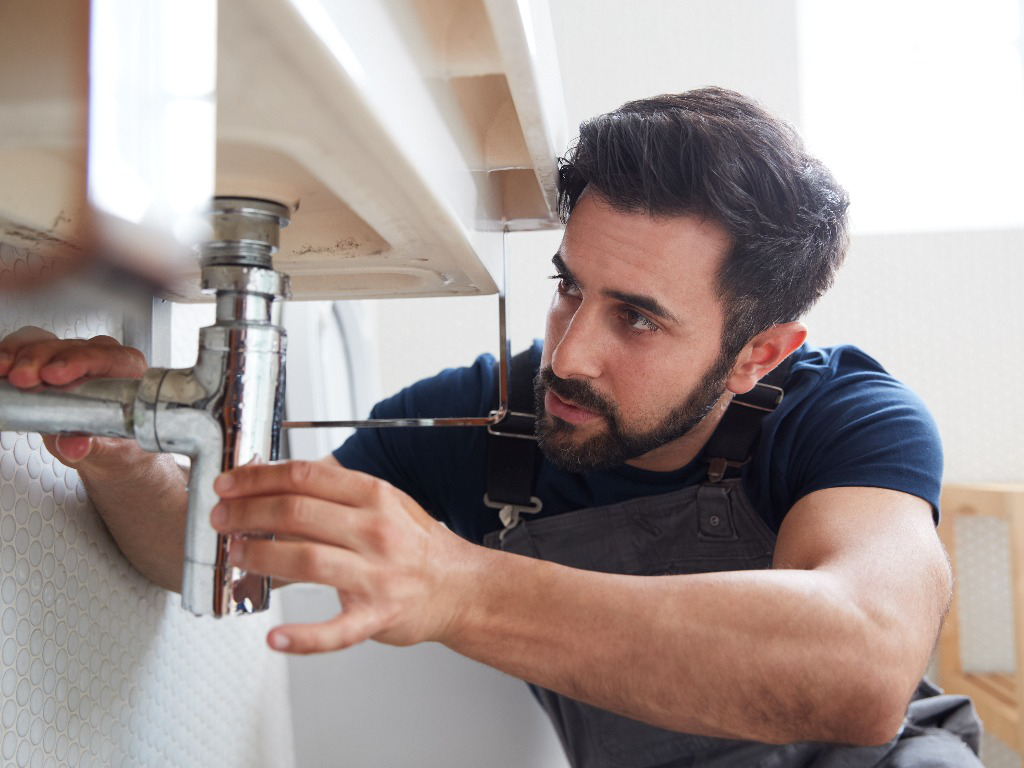Did you know that nearly half of today’s tradespeople are set to retire within the…
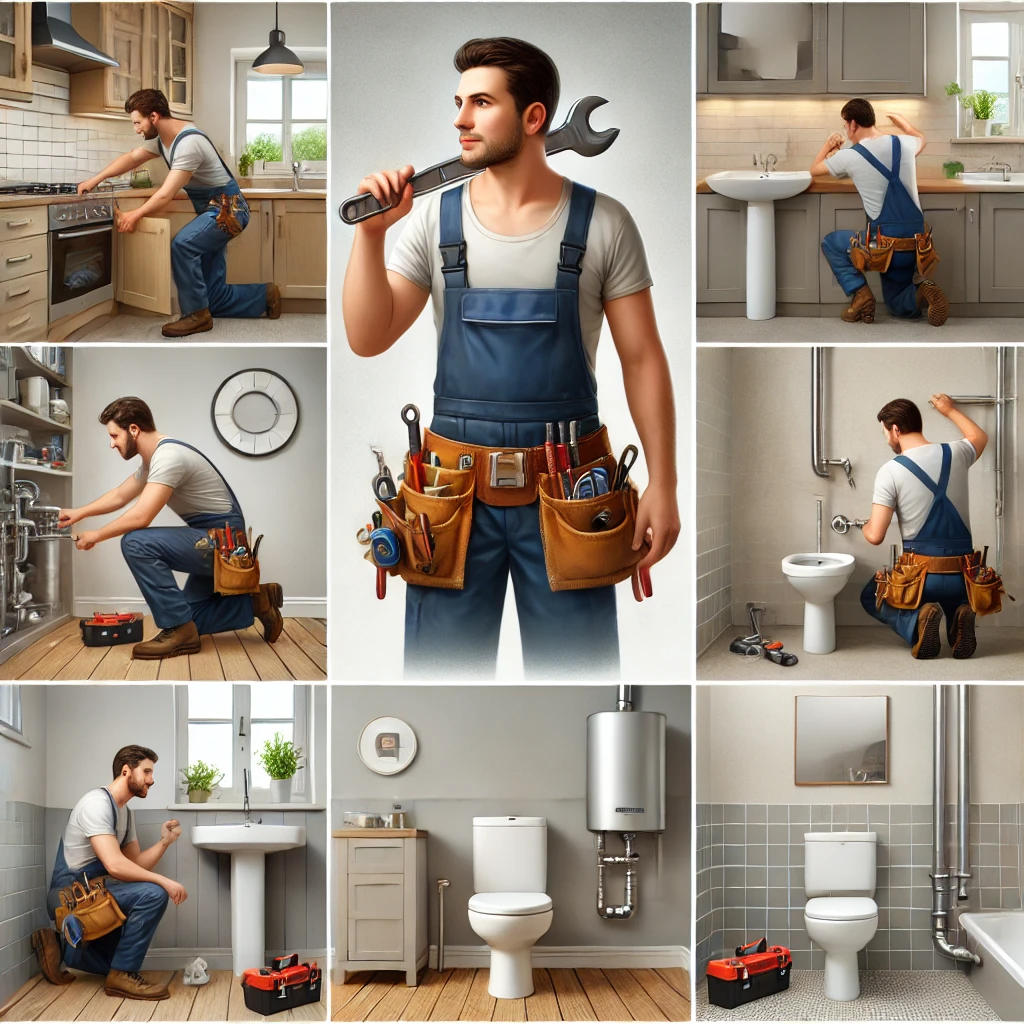
2025 Plumbing Trends: Growth Opportunities in Sustainable Plumbing Solutions
As the U.S. plumbing industry gears up for 2025, contractors are poised to tap into an era of unprecedented growth. Innovations in sustainable technologies, water conservation, and workforce diversity are just the beginning of this transformation. Will your business be ready?
Introduction: A Bright Future for the U.S. Plumbing Business
As we look ahead to 2025 plumbing trends, the U.S. market is poised for significant growth driven by sustainable plumbing solutions and a growing demand for eco-friendly plumbing technologies. This year presents new challenges and great opportunities for those ready to adapt. The landscape is shifting from innovations in sustainable plumbing solutions to increasing demand in residential and commercial sectors. Plumbing contractors focusing on water conservation, technological advancements, and workforce changes will be ahead of the curve.
In this blog, we’ll break down the key trends shaping the future of the plumbing industry, providing actionable insights for contractors to capitalize on these opportunities.
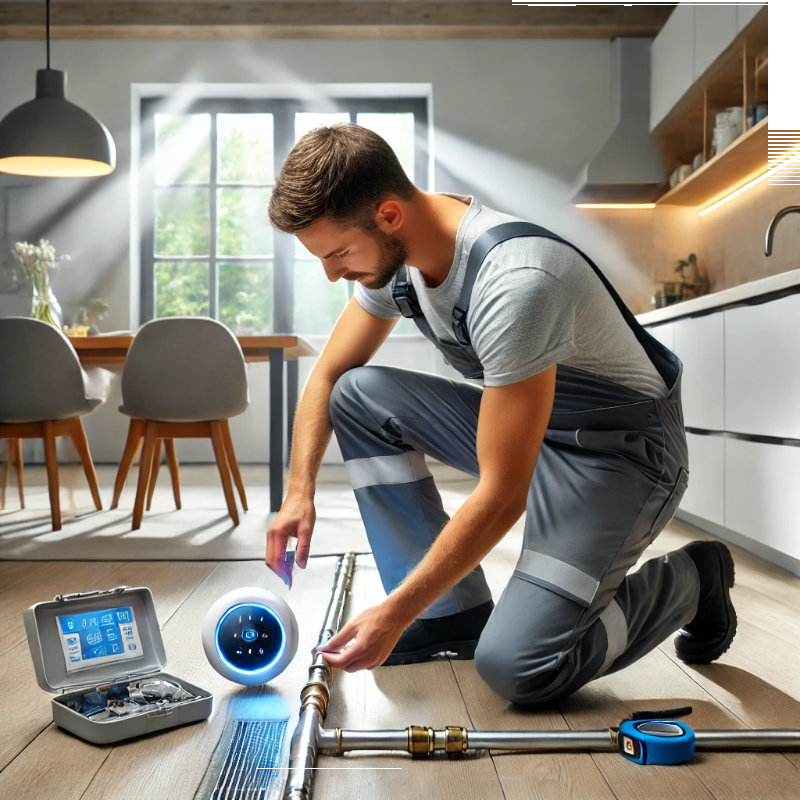
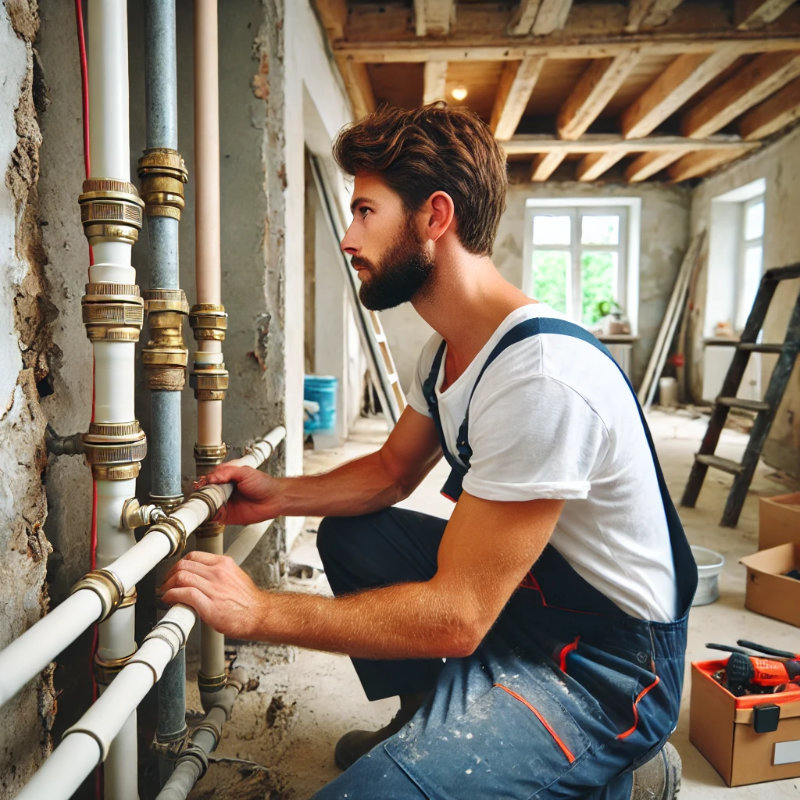

Key Trends Shaping 2025 Plumbing Industry
Sustainable Plumbing Solutions Driving Growth in 2025
As environmental awareness rises, water conservation and eco-friendly solutions are becoming a major focus for plumbing contractors. The trend towards sustainable plumbing solutions like low-flow fixtures, green plumbing systems, and smart leak detection devices is transforming contractors’ operations. Homeowners and commercial clients seek these solutions to align with stricter water conservation laws and sustainability goals.
Emerging Eco-Friendly Plumbing Technologies: Greywater Recycling and Rainwater Harvesting
Homeowners and businesses are increasingly adopting advanced technologies like greywater recycling systems and rainwater harvesting. Additionally, low-flow fixtures and smart leak detection systems are becoming more common as people seek ways to conserve water. These systems are expected to grow in popularity as more people seek innovative ways to conserve water.
- Greywater Recycling Systems: These systems capture and reuse wastewater from sources like sinks, showers, and laundry for non-potable uses such as irrigation and flushing toilets. As water scarcity worsens, greywater system adoption is expected to grow by 15% annually through 2025, particularly in regions like California and Arizona with stricter water regulations.
- Rainwater Harvesting: When adequately filtered, rainwater harvesting systems collect and store rainwater for landscape irrigation, non-potable indoor uses, and sometimes even potable use. With increasing regulations on water use in residential and commercial construction, the rainwater harvesting market is expected to grow by 7% annually, driven by rising interest in sustainable solutions and government incentives.
Environmental Regulations Driving Adoption
Federal and state regulations push for greater use of sustainable plumbing technologies, a crucial part of 2025 plumbing market trends. For example, California’s Title 24 building energy efficiency standards include requirements for efficient water use, and many states offer incentives for homeowners who install rainwater harvesting or greywater systems. The EPA’s WaterSense Program encourages water-efficient products, which further drives adoption. Contractors specializing in these technologies will be in high demand as these regulations expand and water conservation becomes even more critical.
Adoption Rates and Projections
Industry experts predict that adopting green plumbing technologies will continue to accelerate through 2025. According to a study by the Environmental Protection Agency (EPA), the use of greywater recycling systems in residential homes is expected to increase by 20% in urban areas. Similarly, businesses want to integrate rainwater harvesting systems to comply with sustainability mandates. As a result, the rainwater harvesting market is expected to grow by 7% annually.”
Plumbing contractors offering eco-conscious solutions will likely see higher demand in 2025, especially in states with strict environmental regulations.
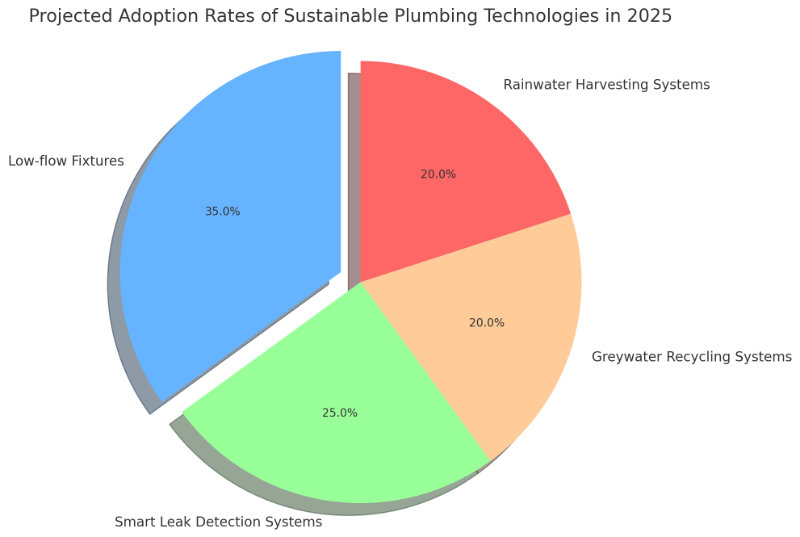
Rising Demand for Eco-Friendly Plumbing Solutions (2020-2025)
This chart will illustrate the growing consumer demand for eco-conscious plumbing technologies like low-flow fixtures, water-efficient appliances, and smart leak detection systems from 2020 to the projected figures in 2025.
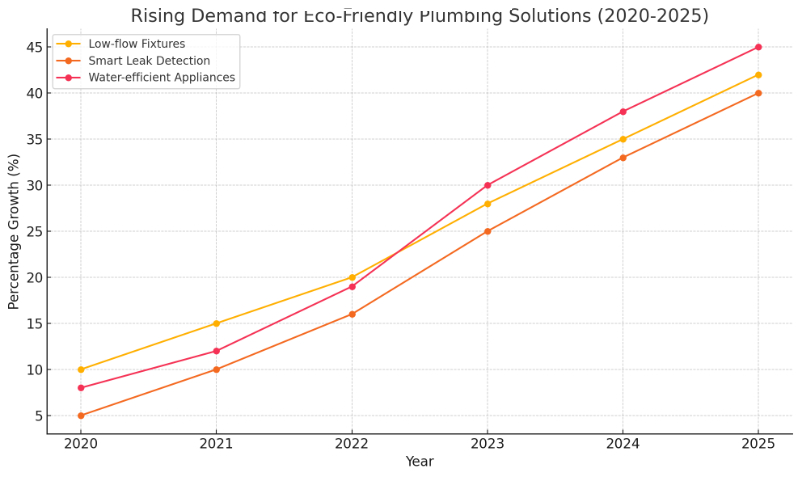
Water Conservation Regulations Impacting Demand
The push for water conservation is key in shaping the plumbing business. In areas affected by drought and increasing water scarcity, such as California and parts of the Southwest, local regulations drive homeowners to upgrade their plumbing systems to conserve water.
This shift presents a golden opportunity for plumbers ready to specialize in green technologies like greywater recycling systems, water-efficient appliances, and rainwater harvesting setups. Contractors who can help clients meet both environmental and regulatory demands will thrive.
Market Growth & Green Plumbing Systems: 2025 Opportunities for Contractors
Rising Demand in Residential and Commercial Plumbing
The U.S. plumbing market is forecast to grow steadily in 2025. As a result, demand will increase in both residential and commercial sectors. An aging housing stock, population growth, and new housing developments will all increase the demand for plumbing services.
For residential plumbers, home renovation projects, such as bathroom and kitchen upgrades, are expected to provide a significant source of income, aligning with broader 2025 plumbing business trends. Commercial plumbers will see increased demand for retrofitting old buildings with green plumbing systems and modern eco-friendly plumbing technologies to improve energy and water efficiency.
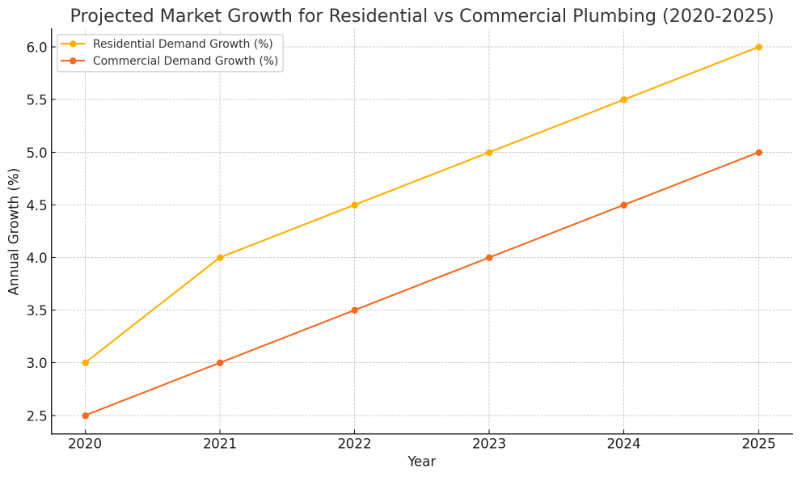
Commercial Sector Opportunities
The commercial plumbing sector is expected to see sustained growth, especially in urban areas where aging infrastructure demands constant updates and repairs. Plumbing contractors are needed for large-scale projects, including upgrades to water systems and modernizing outdated plumbing, from shopping malls to office buildings.
Future of Plumbing Workforce: 2025 Trends
Attracting Younger Talent and Addressing the Skills Gap
As demand for skilled plumbers rises, the industry is seeing a shift in workforce demographics. Many young people opt for trade careers, seeking alternatives to traditional four-year college degrees. The increasing number of trade schools offering specialized training programs in plumbing and other contractor services means the workforce is set to expand in 2025.
According to industry reports, over 50% of high school graduates are now considering vocational training, and this influx of new, younger workers is expected to ease the skills gap that has affected the sector in previous years.
The Workforce Trends in Plumbing chart shows the rise of younger workers and women entering the plumbing workforce between 2020 and 2025. This visual adds context to the changing workforce demographics in the industry, illustrating both the increasing participation of women and younger professionals.
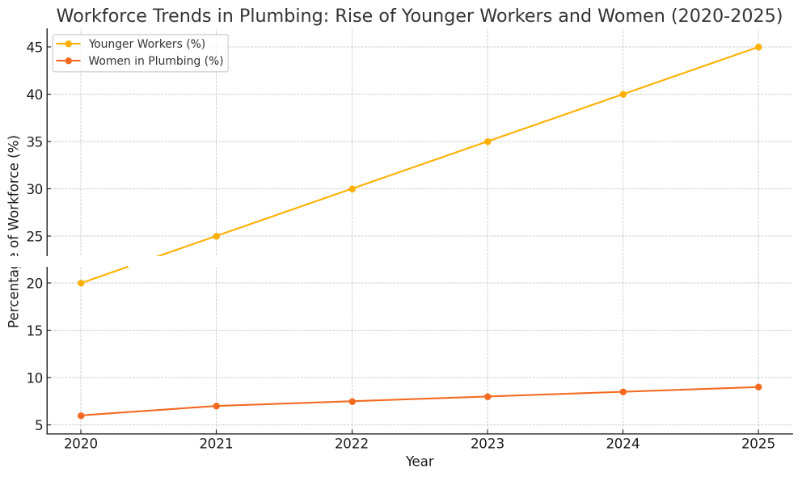
Women in Plumbing: A Growing Trend
An exciting development is the increasing number of women entering the plumbing workforce. In a traditionally male-dominated industry, female representation is now growing. By 2025, women are expected to make up around 9% of the workforce, with numbers steadily rising. This shift is helping to diversify the industry and bring fresh perspectives to plumbing services.

Regional Trends in Plumbing Demand for 2025
Demand for plumbing services varies by region, depending on environmental conditions and local regulations. For instance, in drought-prone states like California, plumbers specializing in water conservation technologies are in high demand. Meanwhile, in areas with older housing infrastructure, like the Northeast, contractors see an influx of renovation and repair work to update aging systems.
Regional Trends Shaping Plumbing Demand in 2025
Regional factors such as climate, environmental regulations, and population growth heavily influence the demand for plumbing services. Here’s a breakdown of some of the critical regions in the U.S. and what contractors should expect:
- California and the Southwest: As one of the regions most affected by droughts and water scarcity, California continues to drive demand for sustainable plumbing solutions. In particular, cities like Los Angeles and San Diego are seeing a spike in requests for greywater recycling systems and rainwater harvesting setups. California’s Title 24 energy efficiency standards also push homeowners and commercial buildings to upgrade to water-efficient systems. Contractors in the region should focus on water conservation technologies and stay updated on local building codes to remain competitive.
Here is the Regional Demand for Sustainable Plumbing Solutions (2025) pie chart, visualizing the demand distribution across different regions. You can use this chart in the Regional Trends Shaping Plumbing Demand in 2025 section to make the data more engaging and highlight how different areas are focusing on sustainable plumbing technologies.
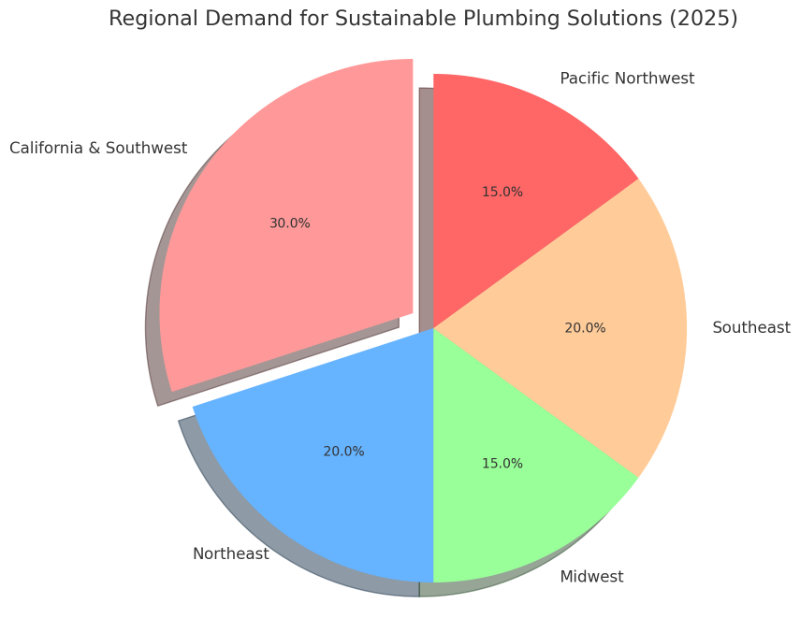
- The Northeast: In New York and Massachusetts, the plumbing market is primarily driven by an aging housing stock and frequent renovations to bring homes up to modern standards. Contractors in this region can expect a steady demand for repair and renovation projects, including upgrading old pipe systems to modern, water-efficient models.
- The Midwest: In the Midwest, where droughts are less common, but population growth is steady, the focus is shifting toward new residential developments. States like Illinois and Ohio are seeing a rise in smart home installations, with contractors being asked to integrate smart leak detection systems and energy-efficient water heaters. These states also benefit from lower regulatory pressure, but eco-conscious homeowners are driving some adoption of green plumbing solutions.
- The Southeast: In states such as Florida and Georgia, where hurricanes and flooding are frequent, contractors are seeing more requests for emergency plumbing services and flood prevention systems. Additionally, the growing interest in sustainable water management in new developments has led to a rise in rainwater harvesting systems. Homeowners in coastal areas are also looking for corrosion-resistant piping and high-efficiency drainage systems to prevent damage from saltwater exposure.
- The Pacific Northwest: With its eco-conscious population, states like Washington and Oregon are early adopters of sustainable plumbing technologies. The demand for low-flow fixtures, greywater systems, and solar water heating systems is high, driven by local government incentives and consumer preference for environmentally friendly solutions. Contractors in this region should stay updated on green building certifications such as LEED to remain competitive in this market.
Preparing Contractors for Regional Plumbing Market Challenges in 2025
Contractors can seize regional opportunities by offering services that align with local demand:
- Drought-prone regions (California and the Southwest): Specialize in water-saving solutions like greywater and rainwater harvesting.
- Northeast and Midwest: Focus on upgrading older systems with smart home technologies.
- Southeast: Prepare for seasonal emergencies by offering flood prevention systems and emergency plumbing services..
By understanding these regional variations, plumbing contractors can target their services more effectively and seize local opportunities.
Future-Proofing Your Plumbing Business for 2025 and Beyond
In an evolving market, plumbing contractors must stay ahead by focusing on innovation and adaptability. Here are a few actionable strategies to help future-proof your plumbing business:
- Invest in Training: With an increasing number of smart plumbing technologies, it is crucial to ensure your team is trained in the latest systems.
- Leverage Technology: Contractor platforms like SendWork, which manage scheduling, invoicing, and communication, can help streamline administrative tasks and reduce errors.
- Diversify Services: Special services like green plumbing upgrades, innovative system installations, and water-efficient retrofitting can set your business apart.
Ready to Embrace 2025 Plumbing Trends and Future-Proof Your Business?
Future-proof your business today. Join thousands of contractors using SendWork to automate operations, streamline invoicing, and capitalize on the booming 2025 plumbing trends.

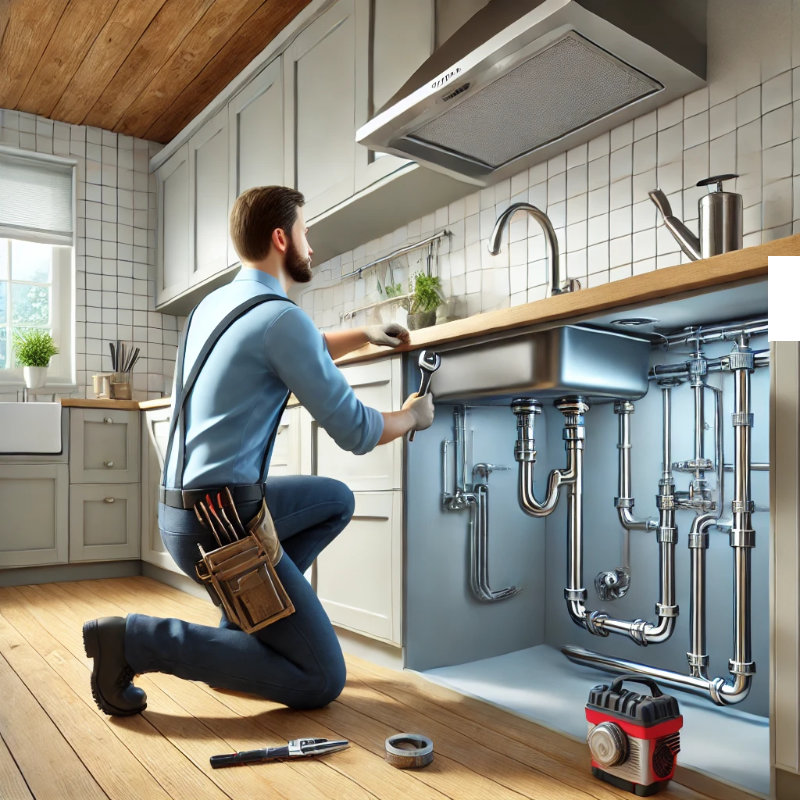
Conclusion: Preparing for 2025 Plumbing Trends
As 2025 approaches, plumbing contractors need to be prepared for an industry shaped by sustainable solutions, workforce evolution, and regional demands. By staying ahead of these trends, contractors can future-proof their businesses, meet regulatory requirements, and cater to the growing demand for eco-friendly plumbing technologies.


